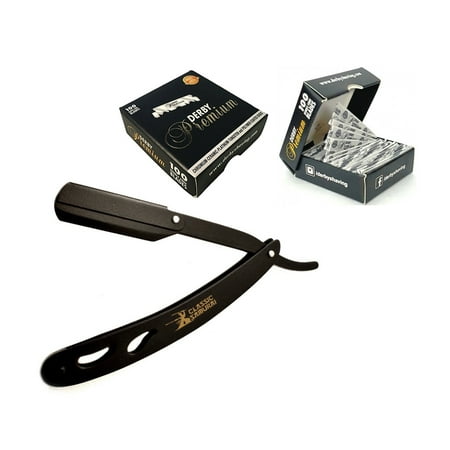Dorco Fresh Twin Blade Disposable Razors 10 per pack (3 packs)
Dorco Td-708 10pk Twin Blade Disposable Razor. Twin Blade Disposable Razor Set is blue and comes with a blade cover. This razor blade offers a smooth shave the first time around, without cutting sensitive skin. It slides easily the contour of your face and can easily be cleaned.






Reviews
There are no reviews yet.